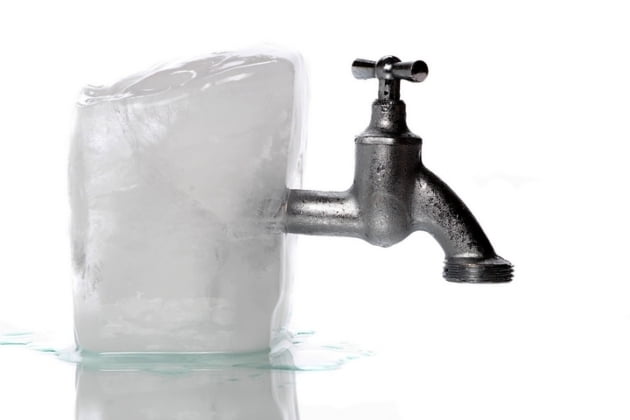Hot water is a sacred commodity that we take for granted during winter. We turn on the hot water faucet, expecting to enjoy a steamy warm bath. Unfortunately, we get a rude awakening when the water touches our bodies and it feels freezing cold. This is the scary moment when you realize that you have no hot water in the house.
It can be confusing and quite frustrating when there is no hot water in a house. Our first action is to call the plumber in a state of emergency. However, why not take a moment to figure out the root of the problem? In some cases, the issue can be easily solved when you identify what is preventing the flow of hot water.
Before you call the plumber, here are six quick fixes when you have no hot water in the house:
1. Find out if the water heater is broken.
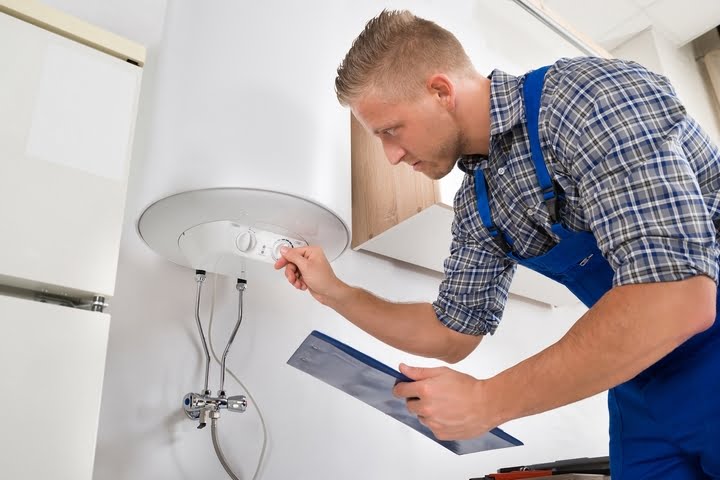
If there is no hot water in the house, the problem usually stems from a faulty water heater. However, a water heater is a complex piece of equipment, so it can be difficult to diagnose the exact issue unless you have technical plumbing knowledge.
Before you start wondering whether the water heater is defective, there might be a possibility that it is just empty. This sometimes happens when too many people use the hot water at once. Wait at least an hour to allow the water heater to refill its tank. If you now have hot water again, you should consider upgrading to a water heater with a larger capacity.
If the tank of your water heater doesn’t seem to be empty, maybe the problem is that its dedicated circuit breaker tripped. If this is the cause of your hot water drought, it should be easy to fix. Check your circuit breaker box and try resetting it. If the breaker keeps failing regularly, you should consider having it replaced with a new one.
2. Fix the broken water heater.
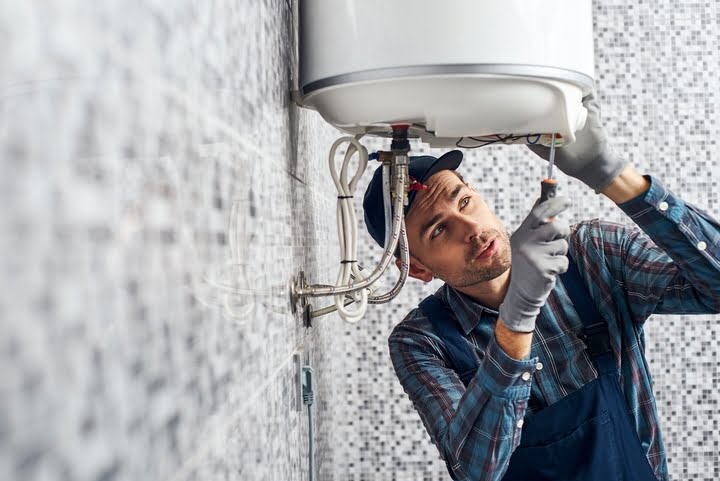
If you have an electric water heater, there are a few different parts that could be faulty. If one of the heating elements within the heater has failed, a plumber will be able to replace it for you. The shortage of hot water could also be due to a broken thermostat, which will prevent the water from being heated properly.
Other common problems with the electric water heater include a tripped reset button, damaged wires, and grounded components that need to be replaced.
If you have a gas water heater, there may be a different set of problems. The pilot line assembly of your water heater has different components that could fail. The gas control valve could be defective, the pilot orifice could be clogged, the thermocouple could be blocked, or the burner could be clogged.
Sometimes, the water heater flue is blocked due to debris or pests. This will need to be cleaned, which can be a messy job. Finally, the problem could be caused by a defective supply line. If you notice a gas leak, your supply line will need to be repaired right away.
3. Clean and maintain the water heater.
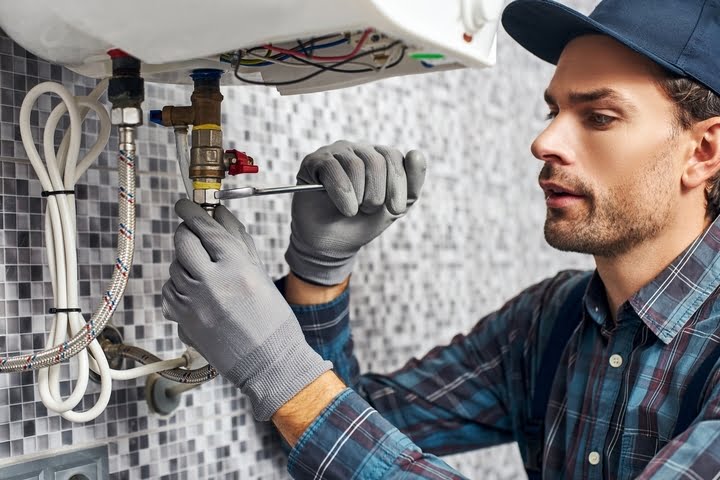
In some cases, your water heater is in working condition, but the heating system might not be working at its full capacity. This means you may have hot water in the house, but it could take too long to heat up the water to the desired temperature.
Over time, the build-up of dirt and debris can harden the bottom of your water heater, reducing its ability to produce enough hot water. As the sediments harden, they can even end up damaging the tank of the water heater. You can stop this build-up by cleaning and maintaining your water heater regularly. This can be done by softening the hard water and replacing the rusty water tanks.
4. Flush the water heater.

You may also need to flush the water heater every now and then. Start by turning off the power of the heater. Next, turn off the valve at the top of the heater and open a hot water tap somewhere in the house. Then, attach a garden hose to the drain valve that can be found at the bottom of the tank. Direct the other end of the hose down a drain or a large bucket.
Open the drain valve, let some water flow out of the house, and turn off the valve after a few minutes to check if you see any sediments. When the tank is empty, turn off the drain valve, turn off the supply valve, and turn on the power again. Wait for the tank to refill and hopefully you will have hot water in the house again.
5. Make sure there is no hot water leak.
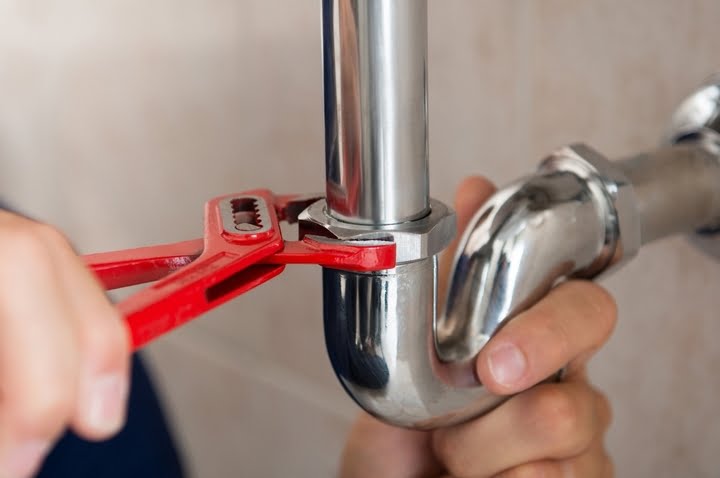
Sometimes, the cause of no hot water in the house may be due to a leak within your plumbing system. This leak will prevent hot water from reaching your faucet. Leaks should be easy to notice when there is a puddle of water on the floor. Be careful when approaching the puddle, since the temperature will probably be very hot.
If a pipe is leaking, you should call a plumber to get it repaired as soon as possible. If the water is leaking from the tank of your heater, you will most likely need to replace it.
6. Call a professional plumber.

If you still can’t figure out what the problem is, go ahead and contact a professional plumber. They will be able to take a close look at your water heater and figure out what is wrong. Soon enough, the problem will be fixed, and you can enjoy the hot water in your house again.



